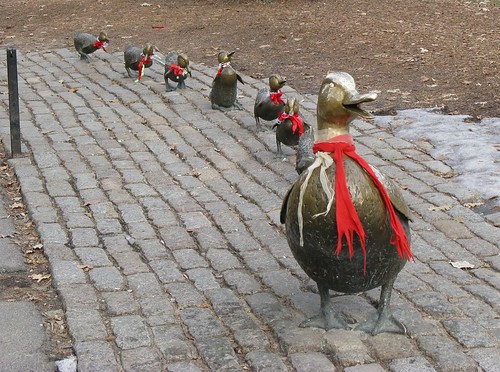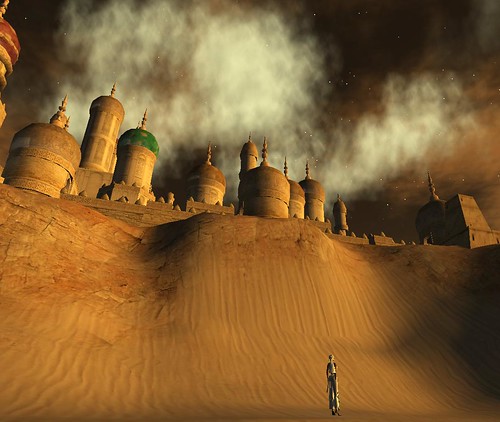 What a difference a year makes! Last year, I found a Make Way for Ducklings Google Earth Tour at the Google Lit Trips web site. I used it with the first grade students during our modified class schedule during Terra Nova testing week. I've given the lesson an upgrade.
What a difference a year makes! Last year, I found a Make Way for Ducklings Google Earth Tour at the Google Lit Trips web site. I used it with the first grade students during our modified class schedule during Terra Nova testing week. I've given the lesson an upgrade.New Year/ New Tools
This year, I have an Activboard, Activotes, and Discovery Streaming thanks to the CDWG/ Discovery Win a Wireless Lab sweepstakes. Enter NOW! Go ahead, I'll wait. You can enter once per day from January 3 to May 1, 2009.
I decided that for our modified schedule, I'll like to find something interactive for all the grades. I'm going to try this lesson with Kindergarten to third grade. Since I couldn't find anything at Promethean Planet, I decided to write my own flip chart. It's a great experience. I have one photo that I am waiting to receive permission to use and then I'll upload these charts as a resource.
Discovery Streaming
I signed on to Discovery Streaming and typed Make Way for Ducklings. I was happily surprised to find a 1969 movie version of the book. This is going to be a big improvement on last year's class when I had a student hold the book while I read from a copy.
As are most streaming clips, this eleven minute movie is broken into four smaller segments. I downloaded them to the hard drive. I don't want to have buffering issues and I don't want to have a failed lesson because the Internet is unavailable as it was after a wind storm a few weeks ago.
Activstudio/ Activotes
Next, I wanted to build a set of Activote questions that would lead us into the story, the movie clips, and the Google Earth tour. I've exported the flip charts into PowerPoint slides which I've placed on Slideshare. I'll link to the flip charts on Promethean Planet when I place them there.
I have questions asking about the use of Google Earth at home, the Caldecott symbol on the cover of the book, and which part of the Earth the students believe they would find Boston.
I have slides to introduce each video clip. Those slides are followed by a few comprehension questions about the story, and then a slide to transition to Google Earth.
Part 1 of the presentation:
Part 2 of the presentation:
To Be Presented
I will be working with these flip charts next week. I only have 30 minutes with the students. Some of the students have not used the Activotes yet. As I have more insight into how the project idea works, I'll report it back on this blog.
Image Citation:
"Make Way for Ducklings." Mr. Ducke's photostream. 2008 Jan 6. 2009 Feb 28.
http://farm3.static.flickr.com/2363/2173283522_657b7ac45a.jpg?v=0














